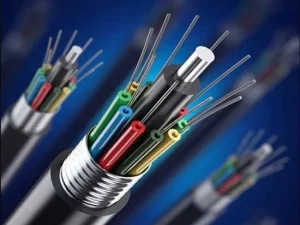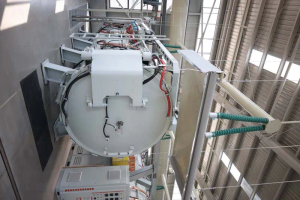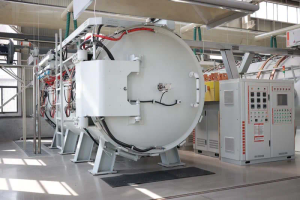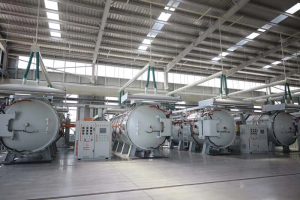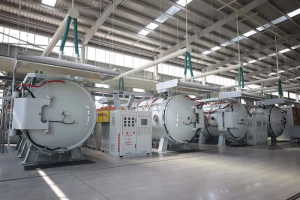The working principle and characteristics of the input liquid level transmitter
The working principle and characteristics of the input liquid level transmitter
Introduction:
Liquid level transmitters are widely used in various industrial applications to measure and monitor the level of liquids in tanks, vessels, and pipelines. These devices play a crucial role in ensuring the efficient operation and safety of processes. Among the different types of liquid level transmitters, the input liquid level transmitter stands out for its unique working principle and distinctive characteristics.
Working Principle:
The input liquid level transmitter operates based on the principle of hydrostatic pressure. It consists of a sensing element, usually a diaphragm or a tube, which is in direct contact with the liquid being measured. When the liquid level changes, the pressure exerted on the sensing element also varies. These pressure changes are converted into electrical signals by the transmitter, which can then be utilized for accurate level measurement.
Characteristics:
1. High accuracy: The input liquid level transmitter is known for its exceptional accuracy. It can provide precise measurements, even in challenging environments with harsh conditions such as high temperatures, corrosive liquids, or high pressure.
2. Wide range of applications: This type of transmitter can be used with a variety of liquids, including water, oil, chemicals, and even slurries. It finds extensive applications in industries such as oil and gas, chemical processing, pharmaceuticals, and food and beverage.
3. Compatibility with different tank configurations: The input liquid level transmitter is versatile and can be easily integrated into tanks of various shapes and sizes. It can be mounted externally or immersed directly into the liquid, depending on the specific requirements of the application.
4. Remote monitoring capability: Many input liquid level transmitters come equipped with advanced features that enable remote monitoring and control. They can be connected to a data acquisition system or a control room, allowing operators to access real-time level data and make informed decisions.
5. Long-term stability: These transmitters are designed to offer long-term stability and reliability. They are built to withstand harsh operating conditions and provide accurate measurements consistently over an extended period. This ensures continuous and uninterrupted operation of the process.
6. Easy installation and maintenance: Input liquid level transmitters are typically user-friendly and easy to install. They come with various mounting options and can be quickly set up without requiring extensive technical expertise. Moreover, regular maintenance and calibration are relatively straightforward, ensuring minimal downtime.
Conclusion:
The input liquid level transmitter is an essential component in industrial processes that require accurate and reliable level measurements. Its unique working principle based on hydrostatic pressure, combined with its distinctive characteristics, makes it suitable for a wide range of applications. Whether it’s monitoring the fuel level in a storage tank or controlling the liquid flow in a chemical reactor, the input liquid level transmitter plays a vital role in ensuring efficient operations and maintaining safety standards.
.webp)

